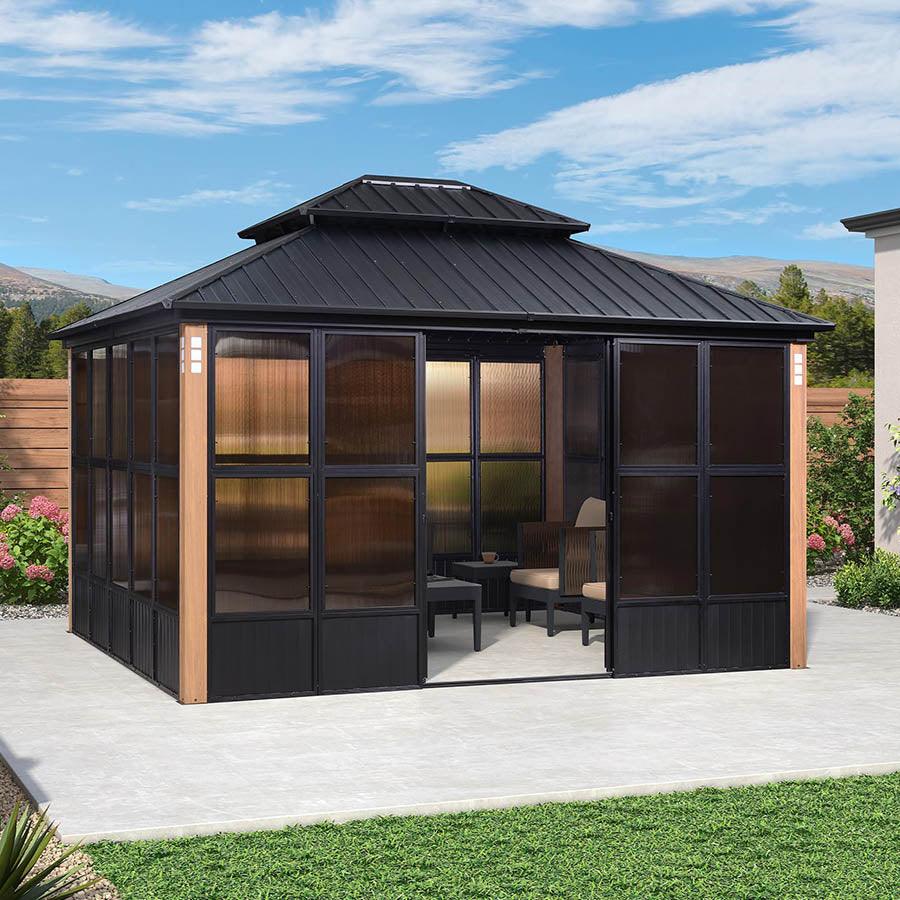Understanding Net-Lined Garden Structures
Net-lined garden structures, also known as mesh-covered garden enclosures, are a valuable addition to any garden. These structures provide protection from pests, harsh weather conditions, and other environmental factors that can harm plants. They are particularly useful for growing delicate fruits, vegetables, and flowers that require extra care.

Benefits of Net-Lined Garden Structures
One of the key advantages of using net-lined garden structures is the ability to control the microclimate within the enclosure. By regulating temperature, humidity, and light exposure, gardeners can create an optimal growing environment for their plants. Additionally, these structures act as a physical barrier against pests such as birds, insects, and small animals, reducing the need for chemical pesticides.
Types of Net-Lined Garden Structures
There are various types of net-lined garden structures available, each designed to suit different gardening needs. Some common options include:
- Netted cages for individual plants
- Net tunnels for rows of crops
- Netted arbors for climbing plants
- Netted domes for larger garden areas
Setting Up a Net-Lined Garden Structure
When installing a net-lined garden structure, it is essential to choose a location that receives adequate sunlight and is easily accessible for maintenance. Begin by assembling the frame of the structure and securely attaching the netting to prevent gaps where pests could enter. Make sure to regularly inspect the net for tears or holes and repair them promptly to maintain the enclosure's effectiveness.
Overall, net-lined garden structures offer a practical and sustainable solution for protecting plants and promoting healthy growth. Whether you are a novice gardener or an experienced horticulturist, incorporating these structures into your garden can enhance the overall success of your growing endeavors.



